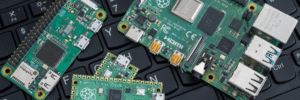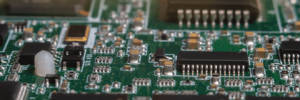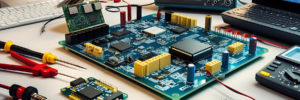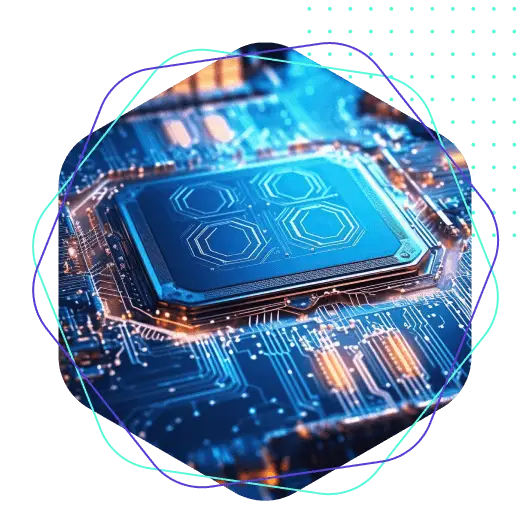Key Considerations in Camera Hardware Design
Now that technology is evolving so rapidly, embedded vision systems are increasingly
Now that technology is evolving so rapidly, embedded vision systems are increasingly

Check out our QNX BSP Demo in the NXP platform here, live in action – Click Here The boot time in the real-time systems should be faster to achieve systems objectives and be reliable enough to meet its demand. QNX Real Time Operating System is a leader in the operating systems market and achieves great results applying advanced methods in boot enhancing without losing functionality and performance. This blog takes a look at six tried and tested strategies QNX normally employs in order to reduce boot time further helping developers create solutions that are always primed and ready for action.

Check out our QNX BSP Demo in the NXP platform here, live in action – Click Here Why Is It Important to Optimise Boot Time? Businesses prefer boot time optimisation as it allows them to enhance user experience as well as operational efficiency. Moreover, for sectors such as automotive, where every passing second counts, quicker boot times offer more responsive systems. Similarly, embedded Linux boot time optimisation provides for enhanced reliability and performance when it comes to ADAS or infotainment systems. The below image vividly illustrates two critical scenarios – defence and medical – where choosing the right operating system

Understanding the Role of a Linux BSP A Linux Board Support Package (BSP) is a critical software layer that enables the Linux kernel to operate on specific embedded hardware. It includes bootloaders, device drivers, and configuration files tailored for a board’s processor and peripherals, such as I2C, SPI, or GPIO. Tools like Yocto and Buildroot simplify BSP creation by providing frameworks to customize kernels and filesystems. The BSP ensures hardware initialization and compatibility, reducing development time for applications in IoT, automotive, and consumer electronics. Without a Linux BSP, developers face manual integration challenges, delaying product launches. A robust BSP is

In the fast-paced world of embedded systems, an Android BSP (Board Support Package) is critical for deploying tailored Android solutions on diverse hardware platforms. From IoT devices to industrial systems and single-board computers (SBCs), Android BSP development ensures seamless integration between the Android operating system and custom hardware. This blog explores the essentials of an Android BSP, its technical components, and practical steps for developers to create optimized, hardware-specific Android solutions. What is an Android BSP? An Android BSP is a specialized software package that enables the Android operating system to run on specific hardware. It serves as an intermediary

To explore more about our submitted device drivers in linux kernel mainline – Click Here. Device drivers in embedded systems are crucial as they facilitate communication between the operating system and hardware. In their absence, the systems would not be able to communicate with devices such as sensors and actuators. Engineers aiming to build their careers in embedded systems should know how device driver development works from the simplest of functions to the complex optimizations. What Are Device Drivers? Imagine a device driver in embedded system as a software component that joins the OS kernel and the computer hardware.

Check our Google AOSP and Linux kernel contributions. Have you thought about how your smart TV, industrial machine, or cellphone can ‘talk’ to the respective hardware? What about software communicating with other elements like displays, USB ports, or network cards? What is a BSP? A board support package, or BSP as we call it, can provide an answer. Consider it this way. A BSP functions as an intermediary between hardware and software. Without it, even a well-developed operating system (OS) would struggle to interact with a device’s processor, memory, or peripherals. Whether you are developing embedded systems or personalizing

QNX is a commercial & safely certified Unix-like real-time operating system primarily

The foundation of many contemporary electronic products is deeply anchored in embedded hardware design since this is the essential parameter that governs the performance, versatility, and overall applicability of the technology powering the next-generation devices. It is also not about developing a physical system, but about developing solutions tailored to a constantly changing application space including IoT, automation, surveillance, and consumer electronics. The concept of specific hardware design is incredibly crucial because without it you can’t achieve the desired, unique, and highly efficient products. Embedded system hardware design is beyond common development approaches yet, in its application, it demands the

A use of AIDL (Android Interface Definition Language) for a Custom Hardware

Silicon Signals empowers Digital Transformation for businesses and technology providers by delivering a consistent customer experience, increased business efficiency, and actionable insights via an integrated set of disruptive technologies such as data analytics, IoT, mobility, cloud, security, and unified communications
Info:
Sales:
Hiring:
Copyright © 2025 Silicon Signals All rights reserved. Terms Of Use | Privacy Policy